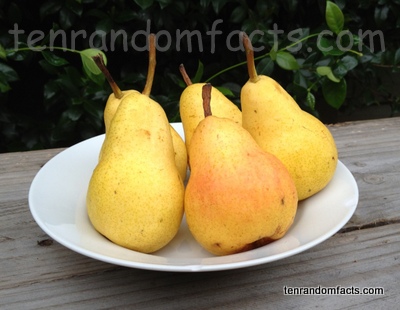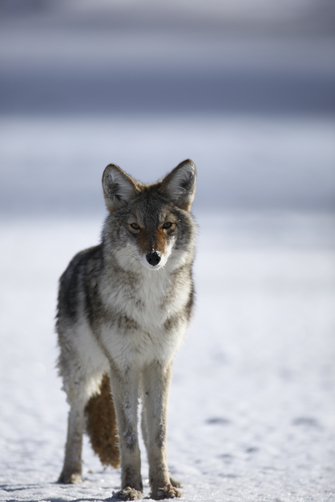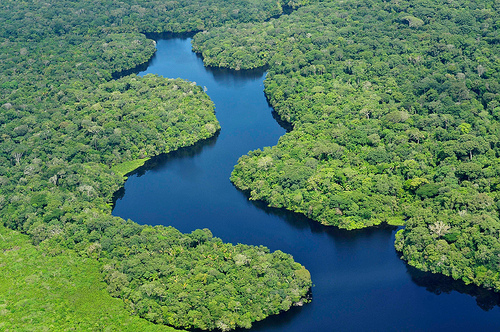
Freefalling…
- Sky diving is also known as parachuting.
- Sky diving is the practice of parachuting down to earth from an aircraft.
- Sky diving jumps are generally performed from aircraft, from 1,000 – 4,000 meters (3,000 – 13,000 feet) in altitude.
- First time sky divers jump with an experienced trainer, and this is called a tandem jump.
- Approximately 21 sky divers die every year in the United States of America, which is equal to 1 in every 150,000 jumps.

Sky Diving
Image courtesy of Alwaysmnky/Flickr
- As a safety precaution, most sky divers must have two parachutes on him or her, one parachute being a reserve.
- If you sky dive, you shouldn’t jump in bad weather like thunderstorms or big winds as there is a high risk of danger.
- Vertical wind tunnels and virtual reality simulators help sky divers train for jumps.
- On the 8th of February, 2006, in Thailand, a world record was set when 400 people jumped from an aircraft and free-fell whilst linked.
- In 2011, on his 40,000th jump, Don Kellner set the world record for the most sky diving jumps by one person.














